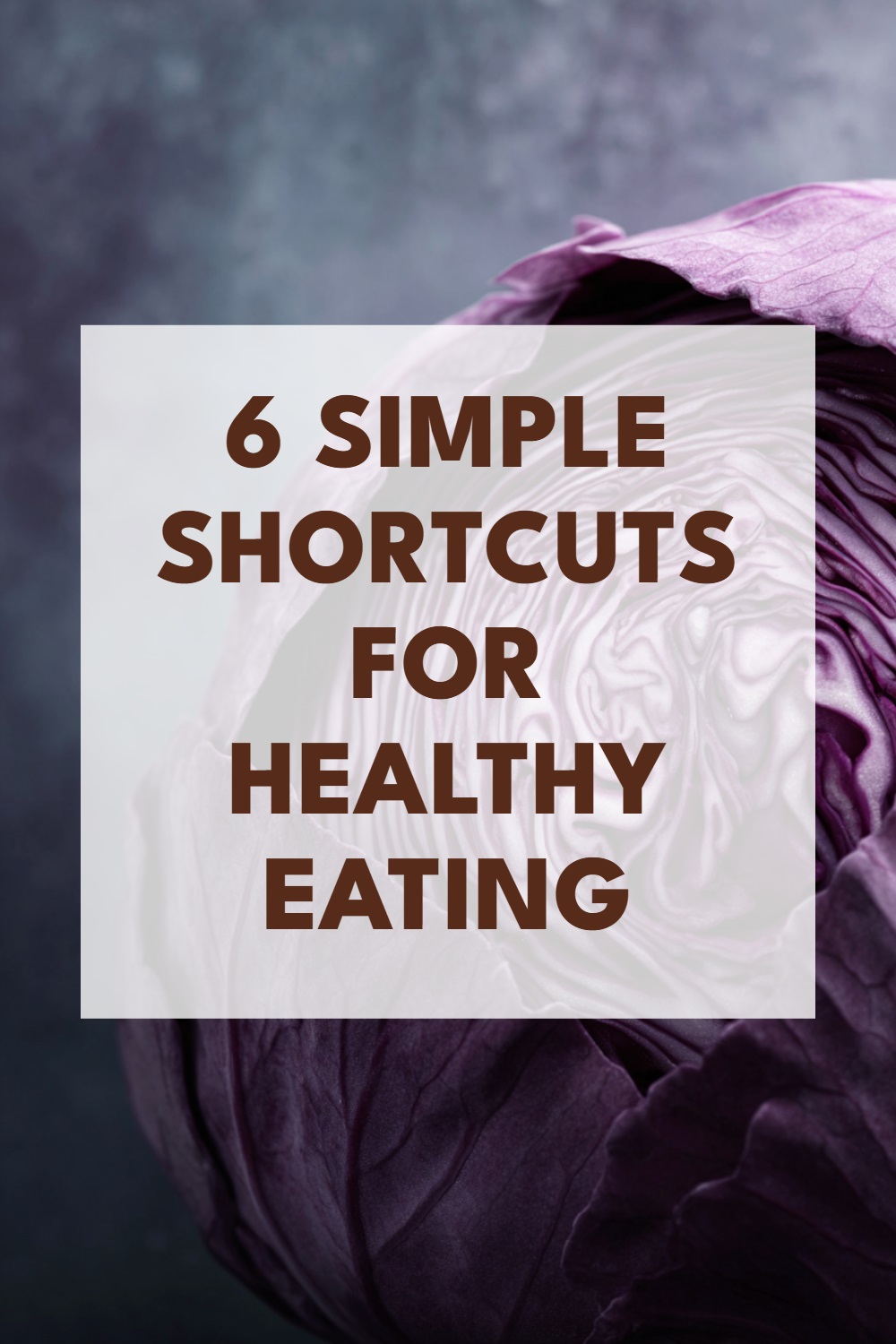If you keep telling yourself you just need more willpower to eat better, it might be time to change the strategy.
Willpower burns out fast. Especially when you’re tired, stressed, or pulled in ten different directions.
The good news is you don’t need more self-control.
You need systems that work for you, not against you.
Here are six ways to make healthy eating feel more automatic, so you’re not constantly battling yourself.
1. Make Healthy Food Visible and Easy to Grab
We eat what we see.
If the first thing you see when you open the fridge is takeout containers and soda, that’s probably where your hand will go.
Move fruits, veggies, prepped meals, and easy snack options to the front.
Keep a bowl of fruit on the counter. Store nuts or healthier snacks in clear containers. Put the stuff you want to eat more of in your line of sight.
Out of sight really is out of mind – and the opposite is just as true.
2. Have a Go-To Meal or Snack Ready
When you’re low on energy, decision fatigue kicks in.
You’re more likely to grab whatever’s easiest, even if it’s not what you really want.
So make the easy option a good one.
Pick one or two simple meals or snacks that are satisfying and quick. Something like eggs and toast, a veggie quesadilla, or frozen rice with stir-fry veggies and sauce.
Keep the ingredients for those on hand. Think of it like a “reset meal” you can fall back on when you don’t want to think.
3. Use a Default Grocery List
Most people rotate through the same foods every week.
Instead of starting from scratch every time, build a list of your usual basics that support the way you want to eat.
This doesn’t need to be fancy. Just the core stuff you reach for often – proteins, grains, fruits, veg, sauces, snacks you actually like.
Having a base list saves time and lowers the chance of impulse buys that don’t really support your goals.
4. Adjust Your Space to Nudge Better Choices
Your physical environment matters more than you think.
Store your blender on the counter if you want to make smoothies more often.
Put water bottles in places you’ll see them – desk, car, bag.
If you keep reaching for chips or sweets because they’re in plain view, move them out of sight. Not banned. Just less convenient.
Make the better option easier to choose. That’s what turns it into a habit.
5. Plan for Your Tired Self
You don’t need a perfect plan. You need a backup.
Keep a frozen meal you actually like in your freezer. Have some pre-washed salad greens, microwave rice, or cooked protein ready to go.
Build in safety nets for the days when you’re wiped out and don’t want to cook.
It’s easier to make a decent choice when it’s just as easy as the not-so-great one.

6. Shrink the Effort on Purpose
Healthy eating doesn’t have to be high effort.
Pre-cut veggies. Bagged salad. Frozen options. Store-bought sauces. All of that is fine.
If it makes the choice easier, use it.
Perfection isn’t the goal. Follow-through is.
And the less effort a habit takes, the more likely it is to stick.
Bonus Insight: Willpower Isn’t the Problem
If you’ve blamed yourself for not having enough discipline, you’re not alone.
Most people try to power through with motivation and rules.
But motivation fades. And rules get tiring.
Systems don’t.
When your environment is set up to support you, eating better takes less thought, less effort, and way less stress.
You don’t need to push harder. You need to remove friction.
That’s how healthy eating becomes the default – not something you force, just something you do.
Final Thoughts
Willpower is not a long-term strategy.
Setting up your space, routines, and defaults gives you a huge head start.
Make the helpful choice the easy one.
That’s what makes it stick.
You don’t need to try harder. You just need a setup that works with you.

